Sake, the traditional Japanese alcoholic drink, is made from fermented rice. The process for preparing sake is very similar to that used for beer but the taste of the rice drink is closer to that of rakia. The alcoholic content of sake varies from 14-20%. Sake possesses a sweet and rich taste, reminding of flowers and fruits. The traditional Japanese drink astounds with its rich palette of flavors.
History of Sake
Production of sake began around 300 BC when rice became a fundamental component of Japanese agriculture. The farthest roots of the rice beverage take us to China more than 4000 years ago but it was in Japan that sake gained popularity.
The process of sake production has changed a number of times over the centuries. Often it has been called "rice wine" as well. Rice for sake is rich in starch, making it perfect for production of the drink.
Once cleaned and polished, it is soaked and heated in water. In the past, villagers would chew the rice and place the chewed mixture in a common vat.
The enzymes found in human saliva played a key role in the fermentation process. Cloth bags were then used to extract the alcohol from the rice, while it was kept in wooden vats.
During the 14th century, sake began to be mass produced, with breweries springing up all over the country and taxes were even imposed. Later, the sake production process was automated. The cloth bags were replaced by a press in the 19th century. Despite the numerous improvements, many manufacturers today still rely on the classic methods.
During World War II, because of the shortage of the special rice used for sake, they included glucose and pure alcohol in the drink. This practice is preferred by some manufacturers even in the 21st century.
Production of Sake
The method of sake production is very close to the technique used for beer production. Sake is made by rice fermentation. The quality of the resulting sake depends entirely on the water and rice used.
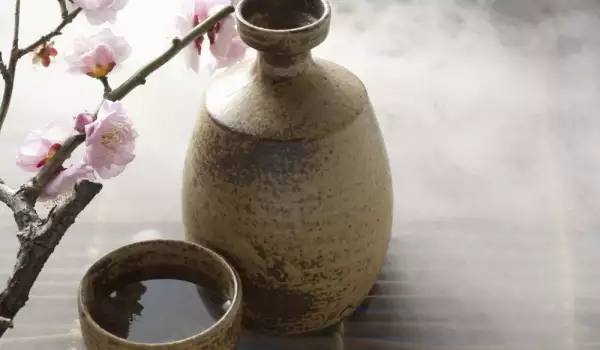
The water used is special - it needs to contain magnesium, phosphorous and potassium, which contribute to the spread of a special type of fungus. It is unthinkable for water for sake to contain iron or manganese because this would fundamentally affect the taste of the drink and color it, which is traditionally colorless.
For sake production they use water called Nishinomiya no mizu or miyamizu from Nishinomiya. The rare qualities of this water were discovered back in 1840.
Of the 200 varieties of rice, only 28 special varieties can be used for sake. These are grown on mountain slopes and hills, where there is a drastic difference between night and day temperatures. Rice used for sake is larger than plain rice and is not fit for human consumption.
The 1st stage in preparing sake is milling the rice. All unneeded layers of the grain are removed in order to get a better quality sake.
For the more inexpensive types of sake they use rice polished up to 30%, while for the more expensive types only half the grain remains. In ancient times the rice was polished using hand mills or foot operated mills. Once the rice is peeled, it is washed and soaked in water for a certain amount of time. Afterwards the rice is steam treated to break up the starch structure. Water is added to the resulting concentrate. The fermentation stage begins on the 5th day and continues for 15 to 30 days.
The resulting drink is left to sit for 10 days and is then filtered through an active carbon filter. The sake is pasteurized and kept 6 to 12 months in hermetically sealed containers. After a long period the sake is blended. This means that one type of sake is mixed with another that has a different strength in order to get uniform tastes. Then, the sake is pasteurized once again and finally bottled. Sake cannot be stored long for its shelf life is less than a year.
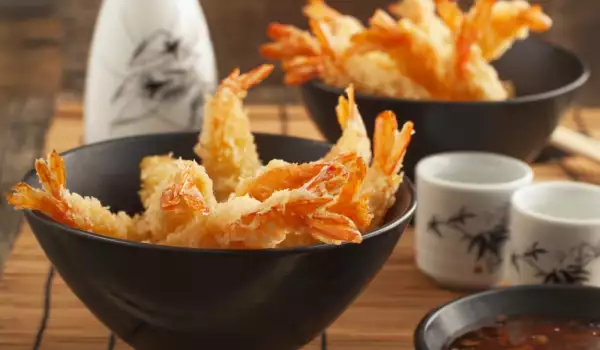
Serving Sake
In the land of the rising sun, sake is served cooled, heated or at room temperature, depending on the preferences of the consumers. The season also has an influence on the way that sake is served. For example during the winter, in Japan they drink hot sake.
This does not apply to sake high in alcohol content, which is never drunk warm because its taste and aroma disappear. Low-quality or old sake can be served warm to distract the drinkers' from its shortcomings.
Sake is drunk in special small cups called ochoko. The drink is poured from ceramic bottles called tokkuri. On some occasions they use cups that look like small plates - sakazuki. These are primarily used for weddings and other ceremonies. Another traditional type of cup is masu.
The highest quality sake (jizake) is served cooled in tall cups. The preparation process is longer and more complex; often they use local varieties of rice, water, yeast and additives for it. In Japan you can find over 3000 different brands of sake. Sake needs to be tried slowly, without rushing or drinking large sips.
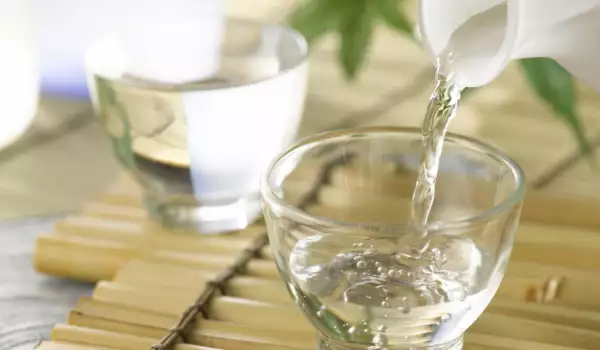







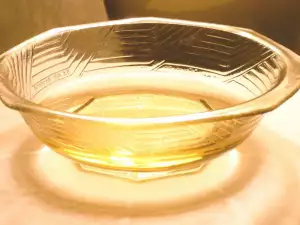
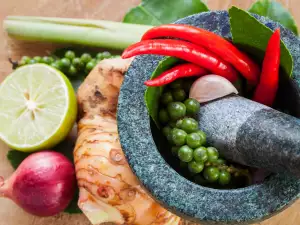






Comments